I see so many buyers struggling to understand the components of perfume bottles. This lack of knowledge can lead to poor communication with suppliers and bad purchasing decisions. The problem is that many people don’t know the proper terminology, which causes big headaches down the road.
A perfume bottle is made up of several key parts, including the bottle, the cap or lid, and the atomizer or spray pump. The bottle itself holds the fragrance. The cap protects the atomizer and prevents leaks. The atomizer dispenses the perfume as a fine mist. Each part is essential for the bottle’s function and overall design.
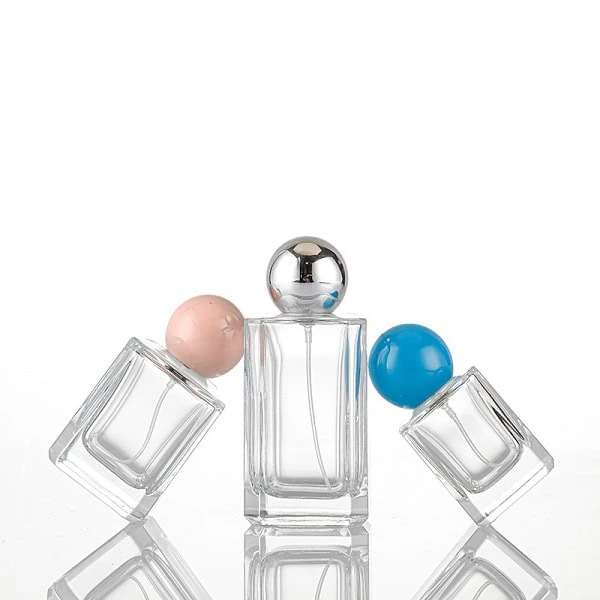
I’ve been in the glass bottle industry for years, and I’ve seen it all. I know what it’s like to feel lost when talking to a supplier. You want to get the best product, but you don’t know the right questions to ask. This guide will help you understand every part of a perfume bottle, so you can speak to suppliers with confidence and get exactly what you need.
How Does a Perfume Bottle’s Atomizer Work?
Many people don’t know the difference between a sprayer and a simple cap. They just see a button to push. This misunderstanding can lead to ordering the wrong type of bottle and wasting money. The pressure is on to get the right part.
A perfume bottle’s atomizer works by creating a vacuum. When you press the spray button, it pushes a small piston down. This action forces air into a chamber and pulls liquid up a dip tube. The liquid mixes with the air and is forced out through a small nozzle as a fine, even mist. This process allows for a controlled application of the fragrance.
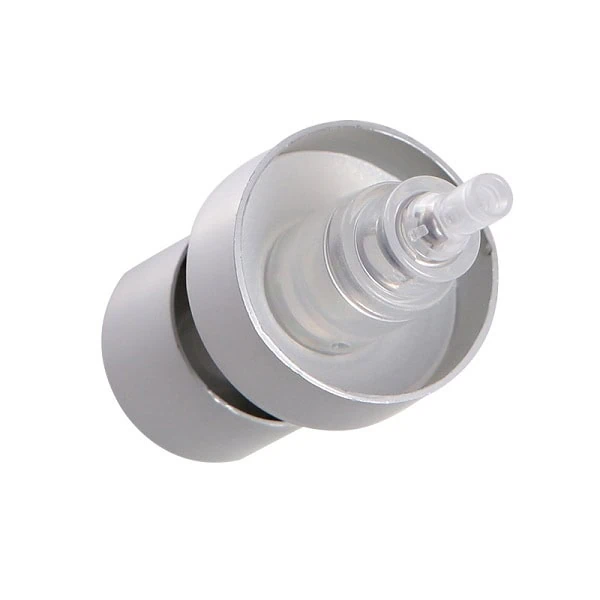
The atomizer is a critical part of the perfume bottle. It’s not just a simple button. The internal structure is complex and must work perfectly. A poorly made atomizer can ruin the user experience. For example, if the dip tube is too long, it might bend and not draw up all the perfume. If the nozzle is not properly sized, the spray will be uneven or weak. The atomizer itself has several smaller parts. The actuator is the button you press. The spring and piston create the pressure needed. The dip tube goes down into the bottle to pull up the liquid. The gasket seals the top to prevent leaks. The crimp pump or screw pump connects the atomizer to the bottle. A crimp pump is permanent and provides a strong seal. A screw pump can be unscrewed, which is useful for refilling. When sourcing, you need to think about these details. The type of pump affects the bottle’s design and how it’s used by the final customer. For a luxury brand, a secure crimp pump might be best. For a refillable product, a screw pump is the clear choice. Thinking through these details helps you make a better purchase.
What Materials Are Used to Make Perfume Bottles?
I often get questions about why some bottles feel heavy and others feel light. People just see glass and think it’s all the same. They don’t know that different types of glass exist, and each one has its own properties. The problem is a lack of technical understanding.
Perfume bottles are primarily made from high-quality glass. Other materials are used for the bottle’s components. The cap can be made from plastic, metal, wood, or even glass. The atomizer is typically made from plastic parts with a metal spring. The dip tube is plastic. The outer housing of the spray pump can be aluminum or another metal. These materials are chosen for their durability, cost, and ability to not react with the perfume.
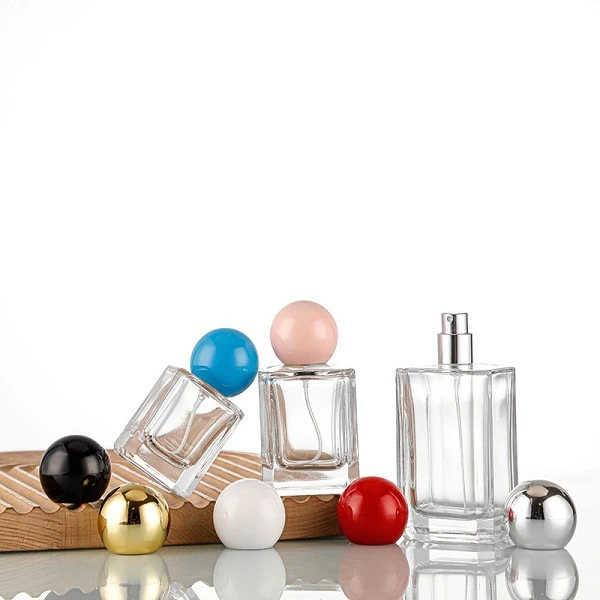
Choosing the right material is very important for the look and feel of the bottle. Different types of glass are used for different effects. For example, some glass is clearer and shines more. Other glass is thicker and feels more substantial. This difference is important for brand perception. A heavy, thick bottle feels more luxurious. A light, thin bottle feels more modern and simple. The glass itself is made from a few basic ingredients: silica sand, soda ash, and limestone. These are melted together at very high temperatures. Different additives can be used to change the color or clarity of the glass. For example, iron oxide can make the glass green. Lead can make it more brilliant, but it is not used as often now for health reasons. The caps also have many material options. A plastic cap is cheap and lightweight. A metal cap feels premium and heavy. A wooden cap can give a natural, unique look. These materials must be chosen carefully. The choice affects the cost of the bottle and its final quality. You need to balance price with the desired image. My own journey started in a glass factory, so I’ve seen firsthand how these materials come together. I know the small differences in glass composition can make a huge impact on the final product.
| Component | Common Materials | Key Properties |
|---|---|---|
| Bottle Body | Glass (Flint, Crystal, Borosilicate) | Clarity, weight, strength, non-reactive |
| Cap / Lid | Plastic (PP, ABS, Acrylic), Metal (Aluminum, Zinc), Wood | Durability, feel, design flexibility, cost |
| Atomizer Pump | Plastic (PP, PE), Metal (Aluminum) | Functionality, fine mist, durability |
| Dip Tube | Plastic (PP, PE) | Flexibility, chemical resistance |
| Gasket | Rubber, Plastic | Sealing, leak prevention |
How Do I Sell Perfume Bottles to Wholesale Buyers?
Many suppliers don’t understand what wholesale buyers really need. They focus only on the product and not on the entire process. This leads to missed sales and unhappy customers. The problem is they don’t see the buyer’s big picture.
To sell perfume bottles to wholesale buyers, you need to understand their entire business. Buyers care about quality control, competitive pricing, and reliable logistics. You must provide clear communication, accurate timelines, and a consistent product. Offering certifications, flexible payment methods, and good after-sales support builds trust. This approach helps you stand out from the competition and secure long-term partnerships.
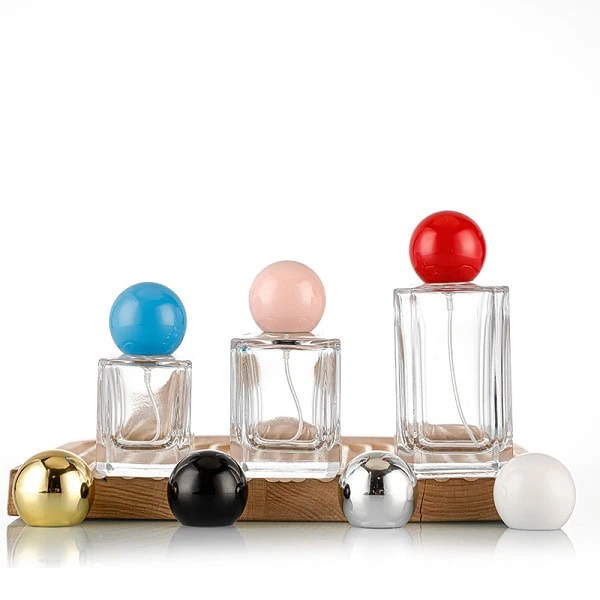
Wholesale buyers like Jules are looking for more than just a good price. They want a partner they can trust. For a buyer with a juice factory, a delayed shipment means their production line stops. That costs a lot of money. The most important thing is reliability. This means you must have a clear process for everything. It starts with a good quote. The quote must be easy to understand with no hidden fees. It must include all costs, from the product price to shipping and taxes. Next is quality control. Buyers need to know that every bottle will be the same. They need to see factory certifications and quality reports. A third-party inspection is also very important. Then there are logistics. You must have a clear shipping plan. You need to know the exact delivery time and communicate any delays immediately. Buyers like Jules hate surprises. They also need flexible payment methods. A good supplier might offer a 30% deposit and 70% upon shipment. Finally, a good supplier offers excellent after-sales support. If a shipment has damaged bottles, they must solve the problem quickly and without a fuss. A good relationship is built on trust and a great track record. I learned this when I started my trading company. I saw what worked and what didn’t. The best suppliers were not always the cheapest, but they were always the most reliable.
| Key Sourcing Point | WXglass Solution | Buyer Pain Point |
|---|---|---|
| Quality Control | ISO 9001 certification, in-house quality checks, third-party inspection options | Product quality is inconsistent, varies from good to bad |
| Communication | Dedicated English-speaking sales rep, quick response times, regular updates | Inefficient communication with sales reps, slow responses |
| Logistics | Partnerships with reliable freight forwarders, clear shipping schedules, proactive delay notifications | Delivery times are always delayed, lack of clear timelines |
| Payment Methods | Flexible options (T/T, L/C, etc.), secure and transparent transactions | Uncertainty and rigidity in payment terms |
| Price | Competitive factory pricing without compromising on quality | Searching for a balance between quality and cost |
What Does a Perfume Bottle Contain Besides the Fragrance?
A common mistake is thinking the bottle only contains perfume. People often forget about the small but important parts inside. This lack of knowledge can lead to issues with product design and function. The real challenge is understanding the full contents of the bottle.
A perfume bottle contains several things in addition to the fragrance liquid. It holds the dip tube, which reaches to the bottom of the bottle to draw up the liquid. It also contains the air that helps the atomizer create pressure. The bottle might also contain a small glass ball or other mechanism to help mix the contents. The liquid itself is a mix of fragrance oil, alcohol, and water, which makes up the final product.
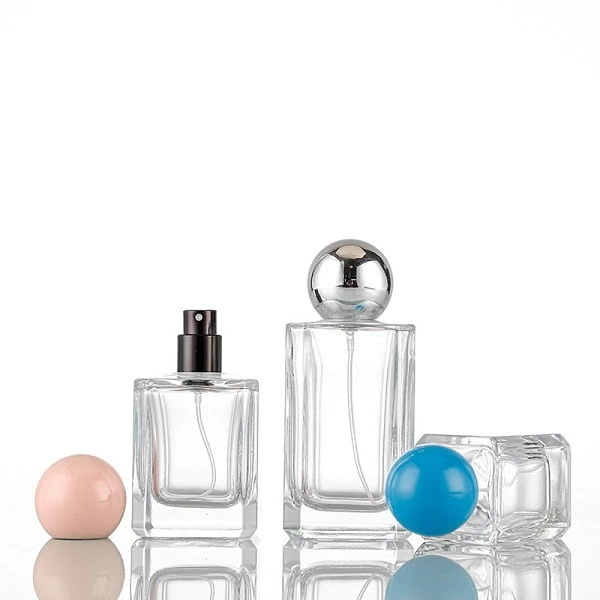
The contents of the bottle are more than just the perfume. The liquid itself is a complex formula. It starts with fragrance oil, which is the key scent. This is mixed with a base liquid, usually ethanol. Ethanol is an alcohol. It helps the fragrance oil to evaporate and spread the scent. It also acts as a preservative. Water is sometimes added to dilute the mix and lower the alcohol content. The ratio of these three ingredients is very important. It determines the perfume’s strength and how long the scent lasts. This is why you have different types of perfumes, like Eau de Parfum and Eau de Toilette. Eau de Parfum has a higher concentration of fragrance oil. Eau de Toilette has a lower concentration. The dip tube inside the bottle is also very important. It must be made of a plastic that does not react with the alcohol. If it reacts, it can change the scent of the perfume. The length of the dip tube also matters. It must be long enough to reach the bottom but not so long that it curls up. A curled tube can stop the atomizer from working correctly. These small details show how much thought goes into a simple bottle.
| Component Inside the Bottle | Function | Material |
|---|---|---|
| Fragrance Liquid | Carries the scent, evaporates to release aroma | Fragrance oils, ethanol, water |
| Dip Tube | Draws liquid up to the atomizer | Polypropylene (PP), Polyethylene (PE) |
| Air Space | Allows for pressure and vacuum to be created by the pump | Air (nitrogen, oxygen) |
| Mixing Ball (optional) | Helps to agitate and mix the contents | Glass or metal ball |
In conclusion, understanding the parts of a perfume bottle is crucial for wholesale buyers. Knowing the terminology, materials, and functions helps you communicate better with suppliers. This knowledge leads to smarter buying decisions and stronger business partnerships.

